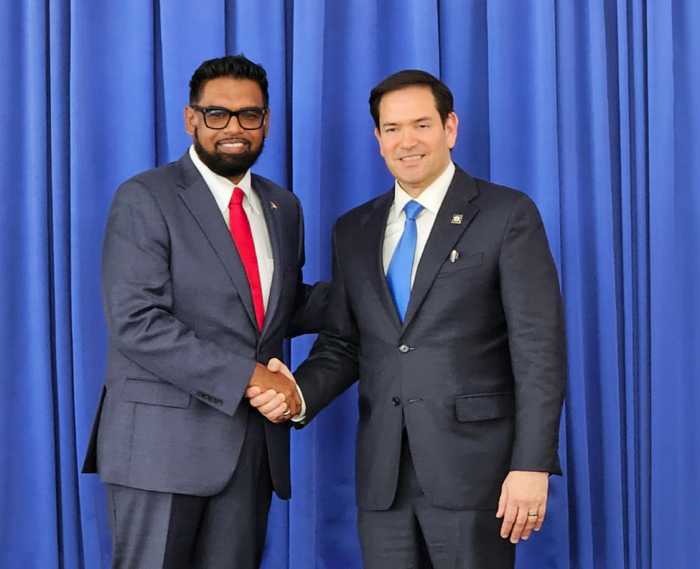On Sept. 24, 1996, after intense international negotiations, a verifiable global ban on nuclear test explosions — the Comprehensive Nuclear Test Ban Treaty (CTBT) — was presented for countries to sign. Because the CTBT clearly benefits U.S. national security by constraining other countries’ nuclear weapons capabilities, the United States played a galvanizing role in test ban negotiations, and was the first in line to sign the treaty. It seemed the over 50 years of nuclear weapons testing that harmed the environment, public health and fueled a dangerous arms race was coming to an end.
For the CTBT to go into effect, however, it must be ratified by the United States and eight other holdout countries. Fifteen years after leading the way for the treaty, the United States has yet to ratify the CTBT. This failure means that we are not reaping the full security advantage of the treaty that the United States worked to achieve. It is time to move from the role of treaty holdout and reassert U.S. leadership to bring the CTBT into effect.
In 1999, the U.S. Senate missed a step on the path to securing this vital test ban when it failed to approve the treaty after a rushed and partisan debate. By now, we’ve seen enough of those. Since 1999, the case for the CTBT has grown stronger. Now it is time for this Senate to take a sober and nonpartisan look at the merits and need for the treaty. As former Secretary of State George Shultz said, “[My] fellow U.S. Republicans may have been right to vote down the nuclear test-ban treaty a decade ago, but they’d be wrong to scuttle it again.”
For two decades, the United States has certified its stockpile without explosive nuclear tests. The knowledge of more than 1,000 U.S. nuclear tests conducted prior to 1992 combined with today’s stellar science-based surveillance methods, leads nuclear weapons scientists to testify that they have more confidence in U.S. nuclear weapons than when they were routinely blowing up tests in Nevada. Without question, the United States has the most sophisticated nuclear arsenal in the world. Put simply, we don’t need to test nuclear weapons – we need to prevent other countries from testing.
The CTBT’s thorough global monitoring system was just being developed when the Senate first considered ratification in 1999. Today this network is more than 80 percent complete. Many of its capabilities were recently demonstrated in detecting and monitoring the earthquake, aftershocks and radionuclide releases in Fukushima, Japan. The CTBT monitoring, paired with national technical measures, provides a thorough and effective detection system. Bringing the CTBT into effect is essential to making short-notice, on-site inspections possible. No would-be cheater could be confident that a test would go undetected.
The need remains urgent. While the CTBT won’t by itself stop the spread of nuclear threats, it is an essential tool. Banning all tests hinders established nuclear-weapon states like Russia, China and Pakistan from proof-testing new, more sophisticated warhead designs. And without nuclear test explosions, potential nuclear-armed states like Iran would have a far more difficult time developing deliverable nuclear warheads. The possible consequences in failing to do everything we can to detect, deter and confront nuclear testing and nuclear proliferators should unite us all: hawks, doves, Democrats and Republicans. The holdout stance on the CTBT is an ineffectual “lead from behind” position. It’s time for nonpartisan Senate leadership to finish the journey and lock in the security advantage of the CTBT.
Shaer is executive director and Robinson is the public policy director of Women’s Action for New Directions (WAND).


















